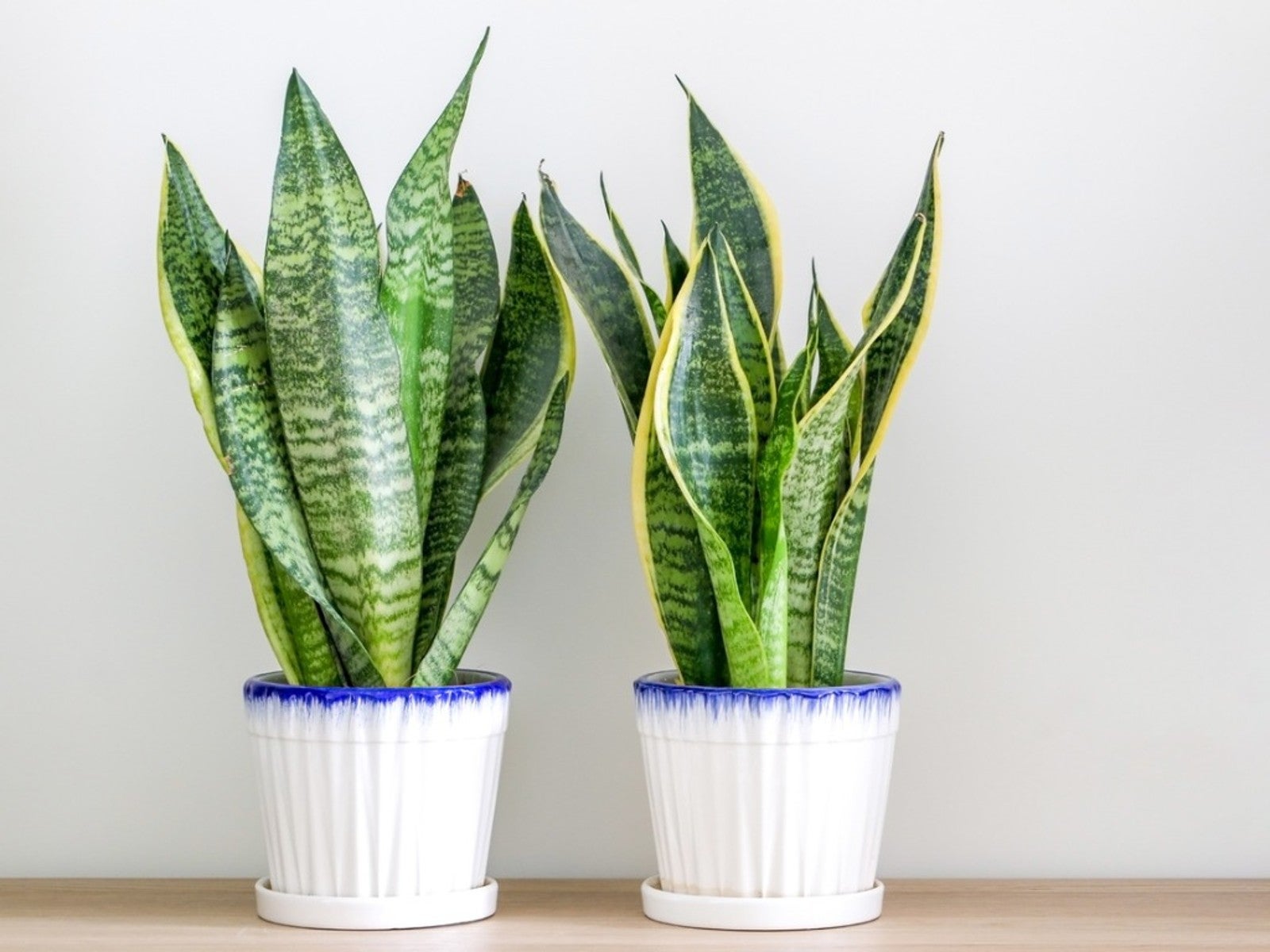Prepare to be captivated by the Round Tail Snake Plant, an extraordinary addition to any plant enthusiast’s collection. Its distinctive cylindrical leaves and resilience make it a standout among snake plants, offering both aesthetic charm and practical benefits.
With its unique appearance and air-purifying qualities, the Round Tail Snake Plant is an exceptional choice for homes, offices, and indoor spaces seeking a touch of greenery and improved air quality.
Plant Characteristics

The round tail snake plant, scientifically known as Sansevieria cylindrica, is a distinctive succulent with a unique cylindrical shape. It is native to the dry regions of West Africa, specifically Angola, Namibia, and South Africa.
This snake plant stands out with its upright, columnar growth habit. Its cylindrical leaves are fleshy, smooth, and deep green in color. The leaves are arranged in a spiral pattern around the stem, giving the plant its characteristic round appearance. Unlike other snake plants, the round tail snake plant has shorter leaves that are typically 12-24 inches (30-60 cm) long and 1-2 inches (2.5-5 cm) wide.
Environmental Conditions
The round tail snake plant thrives in warm, dry environments. It prefers bright, indirect light but can tolerate low light conditions. The plant is drought-tolerant and does not require frequent watering. In fact, overwatering can lead to root rot. The optimal temperature range for the round tail snake plant is between 55-85°F (13-29°C).
Care and Maintenance: Round Tail Snake Plant

Providing proper care and maintenance is crucial for the health and beauty of your round tail snake plant. Follow these guidelines to ensure your plant thrives and brings you years of enjoyment.
Watering
Round tail snake plants prefer well-drained soil that allows excess water to drain away easily. Water your plant thoroughly when the soil feels dry to the touch, about once every 1-2 weeks during the growing season. Reduce watering during the winter months, allowing the soil to dry out almost completely before watering again.
Fertilizing
Fertilize your round tail snake plant every 2-3 months during the growing season with a balanced liquid fertilizer diluted to half strength. Avoid over-fertilizing, as this can damage the plant’s roots.
Repotting
Repot your round tail snake plant every 2-3 years or when it becomes rootbound. Choose a pot that is slightly larger than the previous one and use a well-draining potting mix specifically designed for succulents.
Common Pests and Diseases
Round tail snake plants are generally pest- and disease-resistant, but they can occasionally be affected by mealybugs, scale insects, or root rot. Treat infestations promptly with an appropriate insecticide or fungicide.
Specific Care Techniques
To enhance the health and appearance of your round tail snake plant, consider the following techniques:
- Provide bright, indirect light for optimal growth.
- Rotate the plant regularly to ensure even growth.
- Use a humidifier or place the plant on a tray of pebbles filled with water to increase humidity.
- Clean the leaves occasionally with a damp cloth to remove dust and improve photosynthesis.
Propagation and Uses

Propagating round tail snake plants is an easy task that can be done using various methods. Each technique has its own advantages and disadvantages, making it suitable for different situations and preferences. Additionally, round tail snake plants offer versatility in home décor and provide air-purifying benefits, making them a valuable addition to any living space.
Propagation Methods, Round tail snake plant
Round tail snake plants can be propagated through stem cuttings or division. Stem cuttings involve taking a section of the stem and planting it in soil or water, while division involves separating an established plant into multiple smaller plants.
- Stem Cuttings: This method is relatively easy and can be done at any time of the year. It is best to use a sharp, clean knife or scissors to make a clean cut. The cutting should be about 4-6 inches long and have at least one node. The cutting can then be planted in a well-draining potting mix and kept moist until it develops roots.
- Division: This method is best done in the spring or fall when the plant is actively growing. Carefully remove the plant from its pot and gently separate the roots into smaller sections. Each section should have its own set of roots and at least one leaf. The separated plants can then be potted up individually.
Home Décor and Air-Purifying Benefits
Round tail snake plants are versatile plants that can complement various home décor styles. Their unique shape and texture add interest to any room, whether it’s a modern, minimalist space or a more traditional setting. They can be placed on shelves, tables, or even hung from the ceiling. Additionally, round tail snake plants are known for their air-purifying abilities. They can remove harmful toxins from the air, making them a healthy addition to any home.